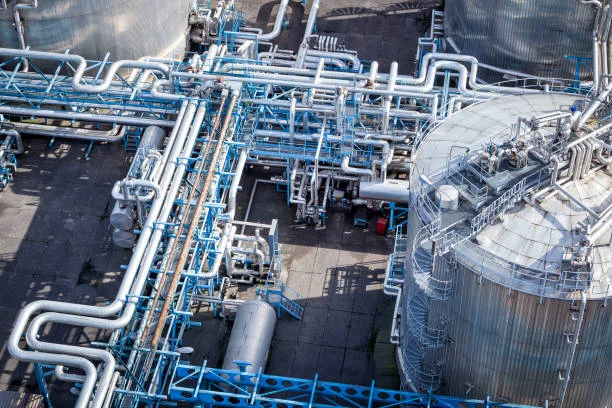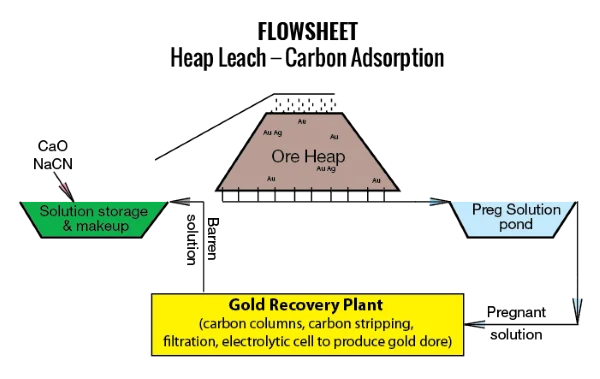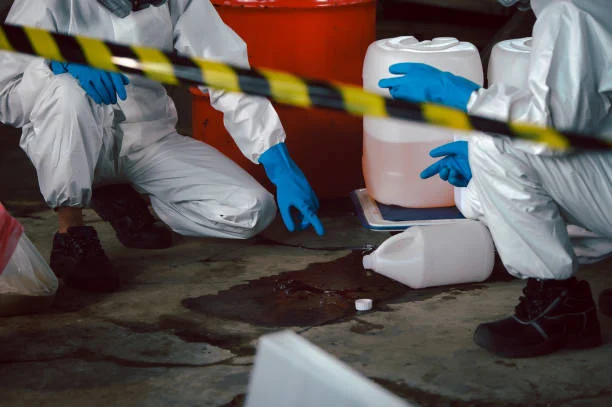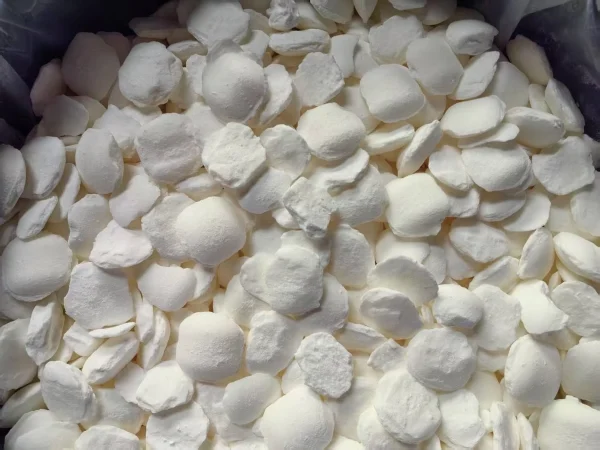
The Electroplating industry has long been reliant on Cyanide-based solutions, and despite efforts to find alternatives, cyanide remains a staple in many electroplating processes. This article delves into the reasons why cyanide is so difficult to replace in the electroplating industry.
The Basics of Electroplating
Electroplating is a process that involves depositing a thin layer of metal onto a substrate by passing an electric current through an electrolyte solution containing metal ions. The metal ions in the solution are attracted to the negatively charged substrate (the cathode), where they gain electrons and are deposited as a solid metal coating.
The Role of Cyanide in Electroplating
Cyanide compounds, such as Sodium cyanide and potassium cyanide, are commonly used in electroplating baths for several crucial reasons:
Exceptional Complexing Ability
Cyanide ions (CN⁻) have a remarkable ability to form stable complexes with metal ions. In electroplating, this property is highly desirable as it allows for precise control over the concentration of free metal ions in the electrolyte. By forming metal-cyanide complexes, the availability of free metal ions is reduced, which in turn slows down the deposition rate of the metal onto the substrate. This controlled deposition results in a more uniform and adherent metal coating.
For example, when electroplating silver, the formation of the silver-cyanide complex (Ag(CN)₂⁻) significantly stabilizes the silver ions in the solution. This stability prevents the rapid and uncontrolled deposition of silver, which would otherwise lead to a poor-quality, uneven coating. The high stability constant of the silver-cyanide complex ensures that the silver ions are released slowly and steadily during the electroplating process, allowing for a smooth and consistent deposition onto the cathode.
Enhanced Coating Quality
The use of cyanide in electroplating baths often leads to the formation of coatings with superior quality characteristics. The slow and controlled deposition facilitated by cyanide complexes results in coatings that are more dense, smooth, and have better adhesion to the substrate. These coatings exhibit improved corrosion resistance, wear resistance, and aesthetic appeal compared to those obtained using alternative plating methods.
In the case of gold plating, cyanide-based electrolytes enable the deposition of a thin, uniform layer of gold that adheres firmly to the underlying metal. This is crucial in applications such as jewelry making and electronics, where a high-quality, long-lasting gold coating is essential. The use of cyanide allows for the creation of coatings that are not only visually appealing but also highly functional, meeting the strict requirements of these industries.
Wide Applicability
Cyanide-based electroplating processes are versatile and can be applied to a wide range of metals and substrates. They are particularly effective for plating metals that are difficult to deposit using other methods, such as gold, silver, copper, and zinc. The ability of cyanide to form stable complexes with these metals makes it an ideal choice for achieving high-quality coatings in various industrial applications.
Whether it's plating delicate electronic components or large industrial parts, cyanide-based electroplating has proven to be a reliable and efficient method. The process can be tailored to meet the specific requirements of different substrates and applications, making it a preferred choice for many manufacturers.
Challenges in Replacing Cyanide
Despite the well-known toxicity of cyanide, efforts to develop viable alternatives have faced significant challenges:
Performance Gap
Many alternative plating chemistries have been proposed, but few have been able to match the performance of cyanide-based systems in terms of coating quality, deposition rate control, and versatility. Non-cyanide alternatives often struggle to achieve the same level of uniformity, adhesion, and corrosion resistance as cyanide-based coatings.
For instance, some non-cyanide silver plating processes may result in coatings that are more porous and less adherent, making them more susceptible to corrosion and wear. These performance limitations can be a major drawback in applications where the integrity and durability of the coating are critical.
Cost Considerations
Developing and implementing new non-cyanide electroplating technologies can be expensive. The cost of research and development, as well as the need to modify existing plating equipment and processes, can pose a significant barrier to adoption for many electroplating companies. In some cases, the cost of alternative chemicals may also be higher than that of cyanide, further adding to the economic challenges.
Small and medium-sized electroplating businesses, in particular, may find it difficult to justify the investment required to switch to non-cyanide plating methods. The financial implications of such a transition can be a deterrent, especially in a competitive market where cost control is crucial.
Process Compatibility
Switching to non-cyanide electroplating may require significant changes to existing production processes, including adjustments to plating bath formulations, operating conditions, and waste treatment methods. Ensuring compatibility with current equipment and production lines can be a complex and time-consuming task, and any disruptions to the production process can result in lost productivity and increased costs.
Moreover, the waste generated from non-cyanide electroplating processes may have different characteristics than that from cyanide-based processes, requiring the development of new waste treatment and disposal strategies. This adds another layer of complexity to the transition process.
Conclusion
In conclusion, while the toxicity of cyanide has spurred the search for alternative electroplating methods, its unique properties and performance advantages have made it extremely difficult to replace in the electroplating industry. The ability of cyanide to form stable metal complexes, enhance coating quality, and be applied across a wide range of metals and substrates continues to make it an indispensable component in many electroplating operations.
However, the industry's commitment to environmental sustainability and worker safety means that the search for viable non-cyanide alternatives will undoubtedly continue. As technology advances and new chemistries are developed, there is hope that one day a truly effective and cost-competitive replacement for cyanide in electroplating will be found. Until then, the electroplating industry will need to carefully manage the use of cyanide, implementing strict safety measures and proper waste treatment to minimize its impact on human health and the environment.
- Random Content
- Hot content
- Hot review content
- Sodium Isopropyl Xanthate 90% SIPX
- Cyanoacetic acid 99% Powder
- Barium carbonate 99% powder
- Phthalic anhydride
- lithium Carbonates 99.5% Battery Level or 99.2% Industry grade 99%
- Cupric Chloride 98%
- Caprylic/capric triglyceride
- 1Discounted Sodium Cyanide (CAS: 143-33-9) for Mining - High Quality & Competitive Pricing
- 2Sodium Cyanide 98% CAS 143-33-9 gold dressing agent Essential for Mining and Chemical Industries
- 3Sodium Cyanide 98%+ CAS 143-33-9
- 4China's New Regulations on Sodium Cyanide Exports and Guidance for International Buyers
- 5Anhydrous Oxalic acid 99.6% Industrial Grade
- 6Oxalic acid for mining 99.6%
- 7Reagent Grade/Industrial Grade Hydrochloric Acid min.31%
- 1Sodium Cyanide 98% CAS 143-33-9 gold dressing agent Essential for Mining and Chemical Industries
- 2High Quality 99% Purity of Cyanuric chloride ISO 9001:2005 REACH Verified Producer
- 3 High-Quality Sodium Cyanide for Leaching
- 4Powdery emulsion explosive
- 5Industry Grade Electron grade 98% Sulfuric Acid H2SO4 Sulphuric Acid Battery Acid Industrial Sulfuric Acid
- 6Colloidal emulsion explosive
- 7sodium hydrosulfide 70% flakes used Mining Industry












Online message consultation
Add comment: